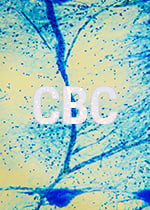.

Endocannabinoid Deficiency: Causes and Solutions
The endocannabinoid system serves as a universal regulator of nearly all systems within the body. Sometimes, our bodies produce low levels of endocannabinoids, leading to a deficiency associated with numerous health conditions. Find out what causes endocannabinoid deficiency, and how you can combat it with foods, herbs, exercise, and more.
Contents:
People are often surprised when they learn that cannabis-like molecules help mediate almost every function of the human body. Our bodies make chemicals very similar to those found in cannabis, and use them to regulate appetite, brain function, skin health, immunity, and more.
These aren’t random molecules found floating around the body. They’re part of a massive network of receptors, enzymes, and signalling molecules known as the endocannabinoid system (ECS).
Below, discover everything you need to know about this system, how it works in the body, and what happens when we become deficient in endocannabinoids. Then, find out how you can modulate your endocannabinoid system through exercise, diet, and herbs to maintain optimal health.
What Is the Endocannabinoid System?
The endocannabinoid system serves as a universal regulator within the human body, helping to keep other biological systems in balance.
Every aspect of our physiology operates within a specific "sweet spot"; the endocannabinoid system ensures things don’t stray too high or low from baseline. For example, the system helps the body maintain proper blood pressure, bone density, neurochemistry, appetite, and immune cell action.
Ultimately, this incredible system keeps everything in check. Without the regulatory power of this network, the body would quickly malfunction.
We can view the endocannabinoid system as a set of traffic lights within the body. It effectively plays the role of a red light when cells become hyperactive, and a green light when they need a nudge to increase activity. This state of balance is known scientifically as homeostasis.
Components of the Endocannabinoid System
The endocannabinoid system is composed of three major parts.
-
Receptors
Cannabinoid receptors are found within the membrane of many different cell types throughout the body. They work as signal transmitters that carry information from the outside to the inside of the cell. They are also found on small organelles within the cell itself, including the mitochondria.
Currently, researchers have identified two major cannabinoid receptors, both of which belong to the G protein-coupled receptor (GPCR) class. Scientists have also discovered several sites that pose as potential candidates for the third cannabinoid receptor.
- CB1: This receptor is the most abundant GPCR in the mammalian brain and plays a crucial role in learning and memory. It appears mostly within the central nervous system, but also exists in the immune system and musculoskeletal system. THC binds to this site after a person smokes or otherwise ingests cannabis, resulting in psychotropic effects.
- CB2: The CB2 receptor occurs mainly in immune cells throughout the body, and in small quantities in the nervous system. The site largely helps to regulate the inflammatory response[1].
- CB3: Science has yet to classify a CB3 receptor. However, there are several candidates lined up for the position, including TRPV1 (a receptor involved in pain transmission) and GPR55 (a site that reacts to our own supply of cannabinoids).
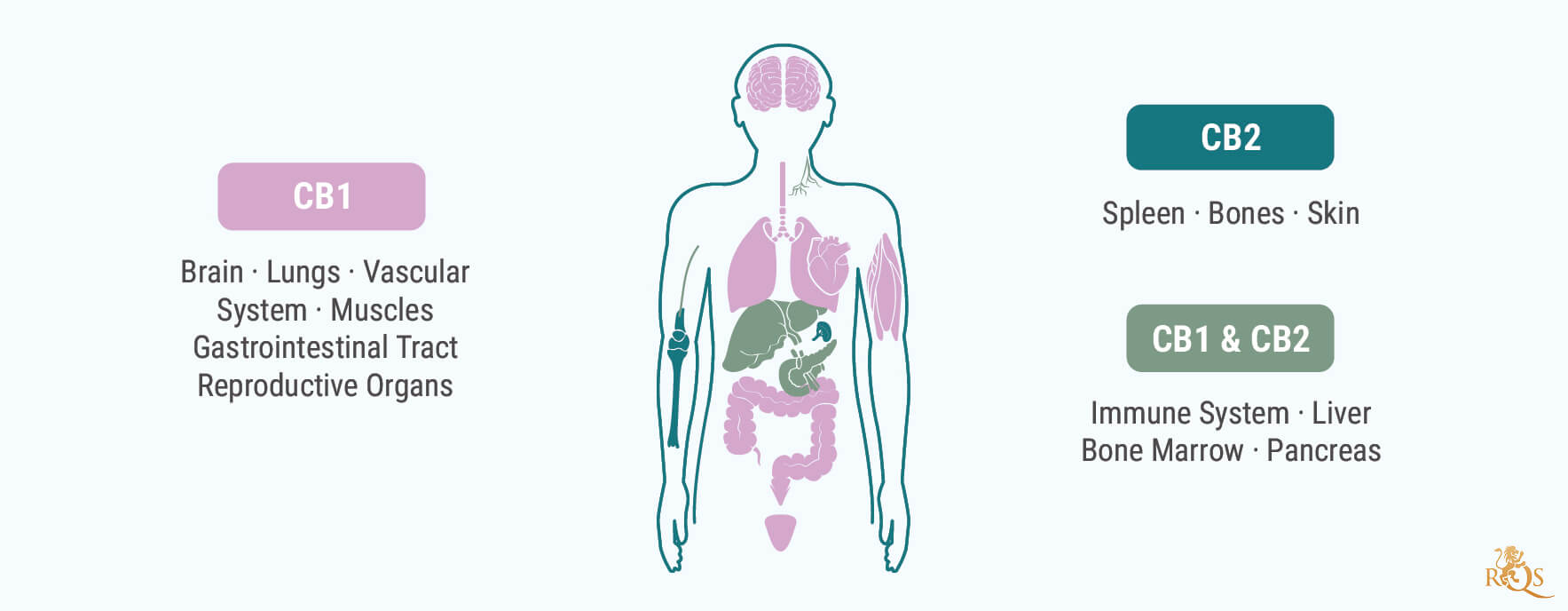
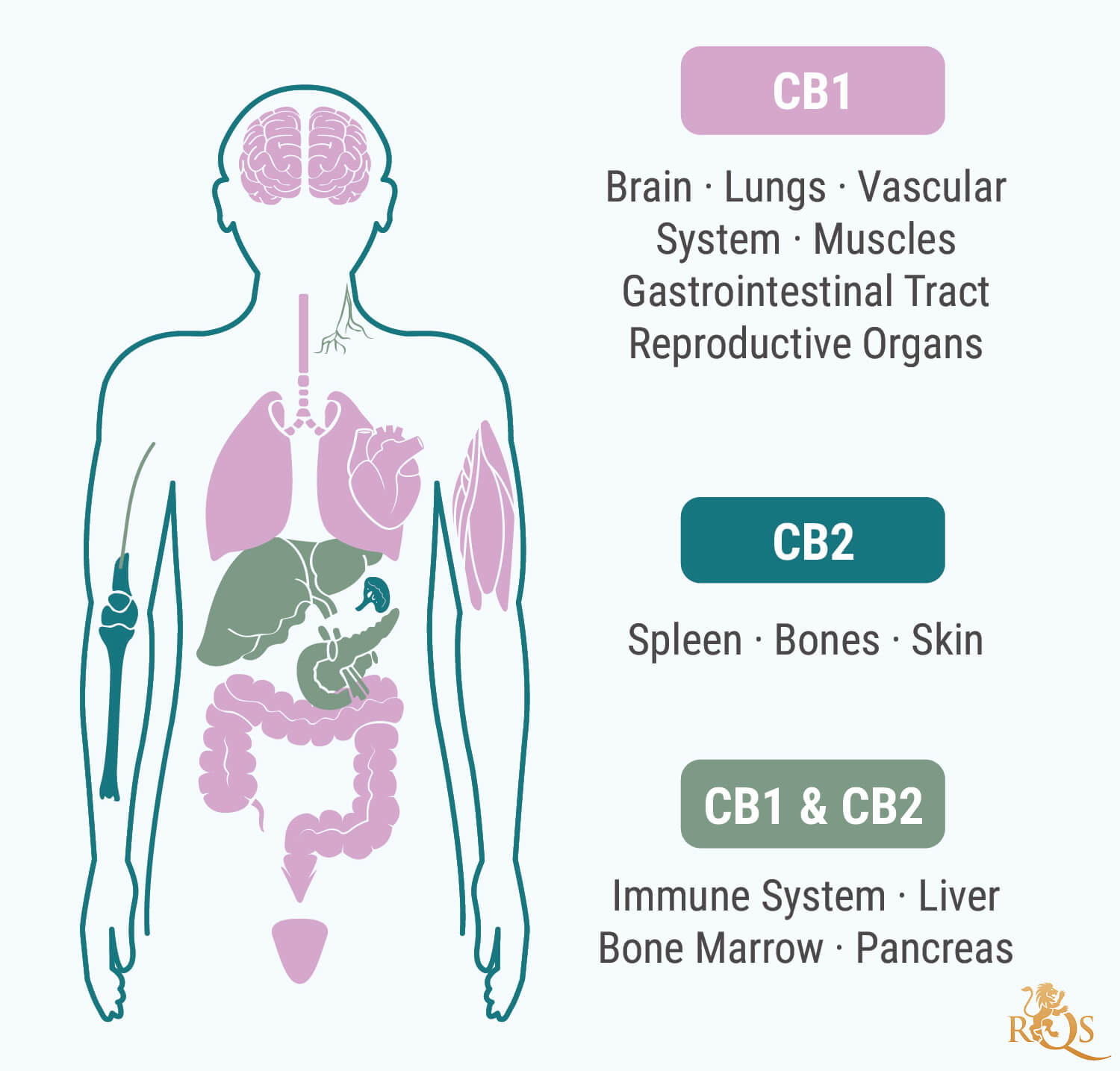
-
Endocannabinoids
If we view cannabinoid receptors as the lock, then endocannabinoids are the key. These molecules are created within our cells and released on demand when our bodies need them. They are crafted with a specific molecular structure that allows them to bind to cannabinoid receptors. There are two primary endocannabinoids in the body:
- Anandamide: Also known as the “bliss molecule”, anandamide binds to both CB1 and CB2 receptors. It earned its title because of how it affects mood. Just like THC, anandamide interacts with the CB1 receptor and creates a shift in consciousness (albeit, to a lesser degree than THC).
- 2-AG: This endocannabinoid also binds to both major cannabinoid receptors, and plays a key role in the body[2]. It helps to regulate emotion, cognition, pain, and inflammation.
-
Enzymes
Metabolic enzymes make up the third and final pillar of the endocannabinoid system. These proteins are tasked with manufacturing endocannabinoids and then deconstructing them once they've fulfilled their purpose. Two of the major enzymes within the endocannabinoid system are fatty acid amide hydrolase (FAAH) and monoacylglycerol lipase (MAGL).
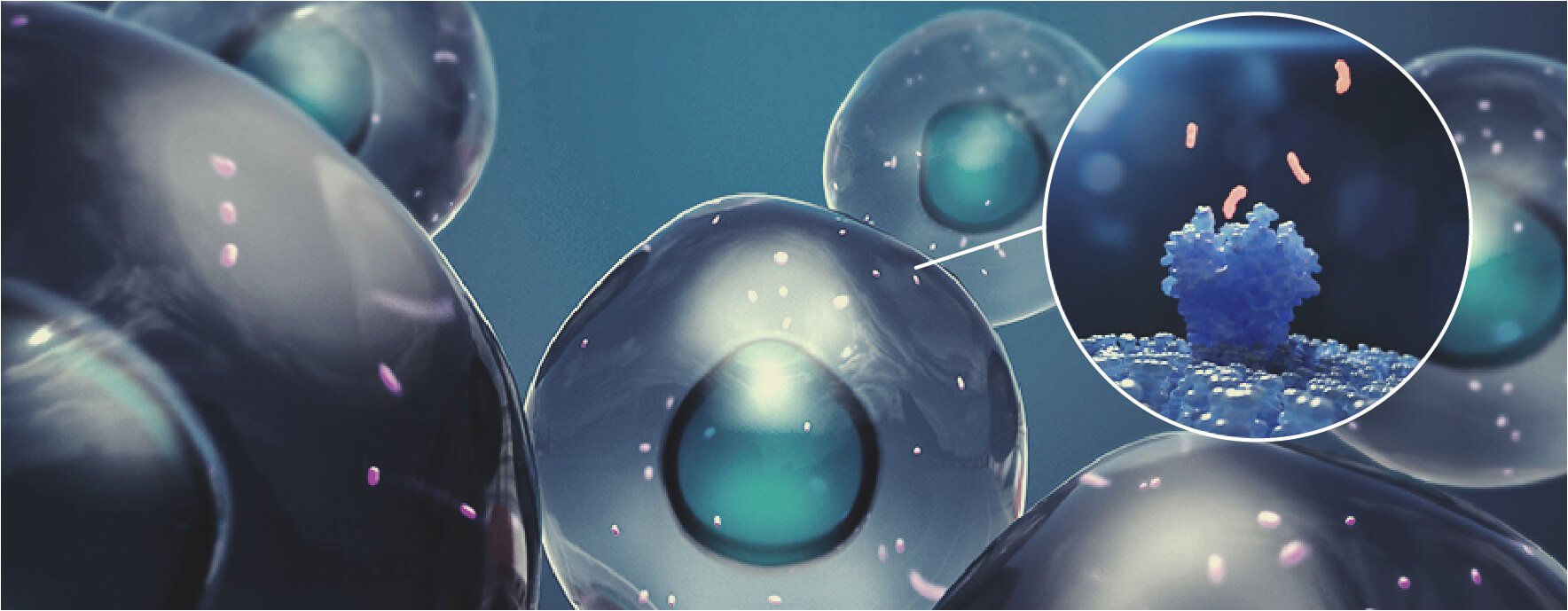
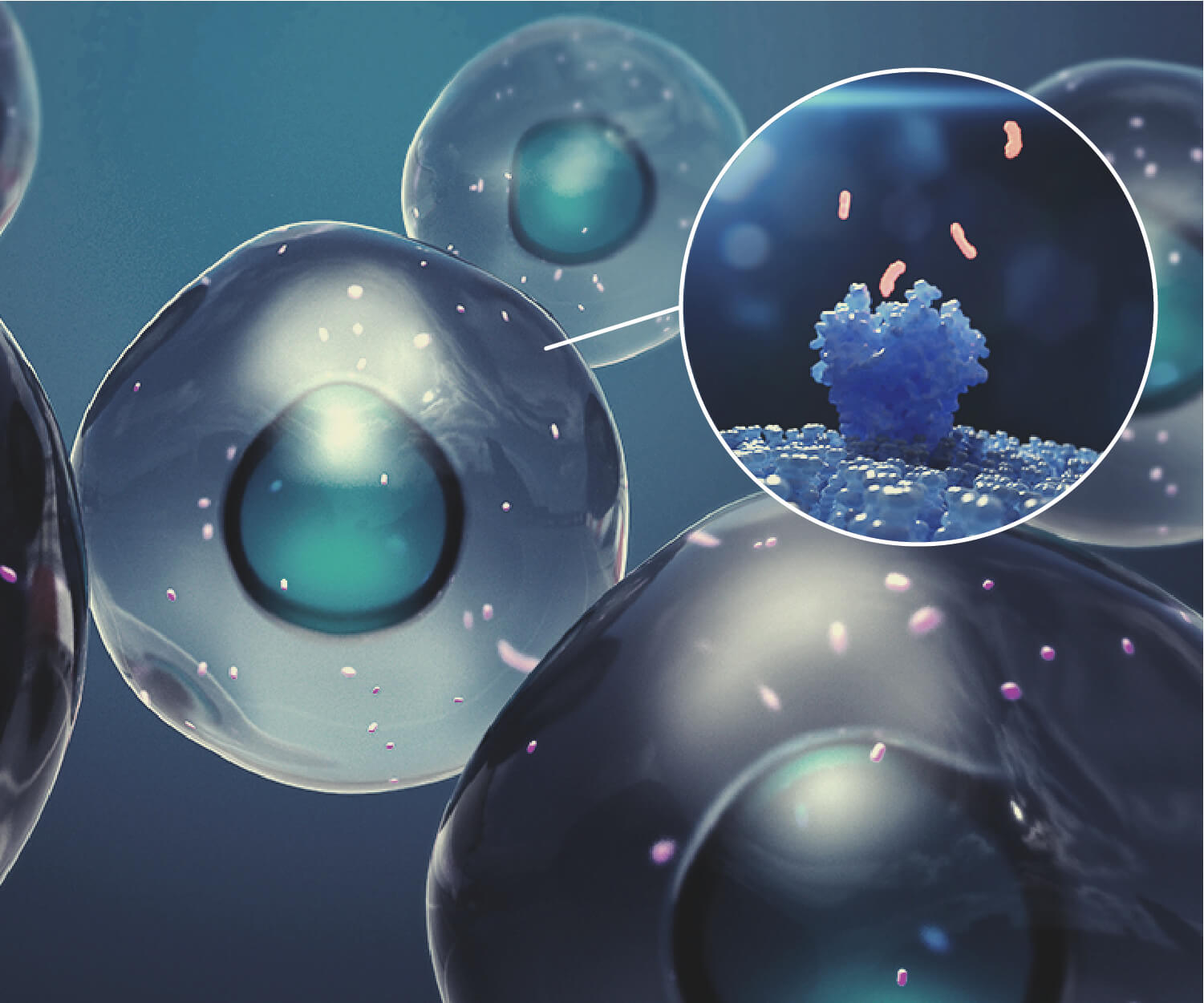
What Is the Endocannabinoidome?
Research on the endocannabinoid system kicked off in the 1990s. Since then, science has come a long way in its understanding of this complex network. Although the receptors, enzymes, and endocannabinoids mentioned above form the foundation of this system, researchers have now coined the term “endocannabinoidome”[3] to describe an expanded version of the endocannabinoid system that features many more receptors and molecules.
Overall, the endocannabinoidome consists of:
- An array of binding molecules
- 20 enzymes
- Over 20 receptor sites
What Is the Endocannabinoid Deficiency Theory?
Endocannabinoid deficiency is believed to occur when a person fails to produce an adequate amount of endocannabinoids, receptors, or enzymes.
Much like a person can become deficient in nutrients such as iron, or become low in certain neurotransmitters, it stands to reason we can also fail to produce enough endocannabinoids.
Because endocannabinoids are so important to our physiology, a lack could cause big disruptions in our biology, and even manifest as illness and disease.
Every person has their own “endocannabinoid tone”, which refers to the amount of endocannabinoids produced and circulating around the body. Several factors can result in low endocannabinoid tone, such as genetics and diet.
However, too many endocannabinoids can also cause issues. For example, excess activation of the CB1 receptor may alter the reward system and contribute to obesity[4].
Studies on ECS Deficiency
Cannabis researcher and neurologist Dr Ethan Russo has published several papers on the phenomenon of endocannabinoid deficiency. In his writings, he draws a link[5] between reduced endocannabinoid tone and several chronic diseases.
For example, the endocannabinoid system plays a pivotal role in gut health, helping to manage secretion, movement of food and waste, and inflammation. When a person produces too few endocannabinoids or receptors, this system can no longer accomplish these tasks properly, and symptoms can arise. For example, some irritable bowel syndrome patients show genetic variation[6] in endocannabinoid metabolism.
Reduced cannabinoid tone has also been claimed to underpin symptoms of fibromyalgia. Defined by fatigue, stiffness, pain, and sensitivity, medical professionals have failed to identify the cause of the condition for years. Interestingly, an endocannabinoid deficiency in the spinal cord has been examined for its potential contribution to many of these symptoms. On top of this, treatment with cannabinoids is being explored as an option to help with some of the symptoms[7] of the condition.
What Diseases Could Be Related to Endocannabinoid Deficiency?
Research into clinical endocannabinoid deficiency remains preliminary. However, current investigations are drawing links between low endocannabinoid tone and the following common diseases (among others):
| Migraine | Major depression | Generalised anxiety disorder | Post-traumatic stress disorder |
| Multiple sclerosis | ADHD | Sleep disorders | Parkinson’s |
| Migraine | Major depression |
| Generalised anxiety disorder | Post-traumatic stress disorder |
| Multiple sclerosis | ADHD |
| Sleep disorders | Parkinson’s |
What Causes Endocannabinoid Deficiency?
Several factors are being examined as potential causes for low endocannabinoid tone and subsequent deficiency. The state could arise from diet and lifestyle factors, as well as genetics.
Genetic Factors
Let’s examine the genetic factors first.
-
Lack of Cannabinoid Receptors
Endocannabinoids bind to cannabinoid receptors to create changes within many different cell types. If a person lacks cannabinoid receptors, many of these signalling molecules simply have nowhere to bind. Those involved in the study of ECS deficiency believe genetic factors can impact the number of receptors in a specific region of the body.
-
Overabundance of Metabolic Enzymes
While some enzymes create endocannabinoids, others break them down. If a person produces an excess of enzymes that deconstruct endocannabinoids, they’ll likely experience reduced endocannabinoid tone.
-
Insufficient Levels of Endocannabinoids
The creation of endocannabinoids relies on two primary variables: precursor materials and genetics. These molecules stem from dietary fatty acids, and a lack of such nutrients may result in fewer cannabinoids in the body. Genetic alterations may also mean some people naturally produce fewer endocannabinoids than others.

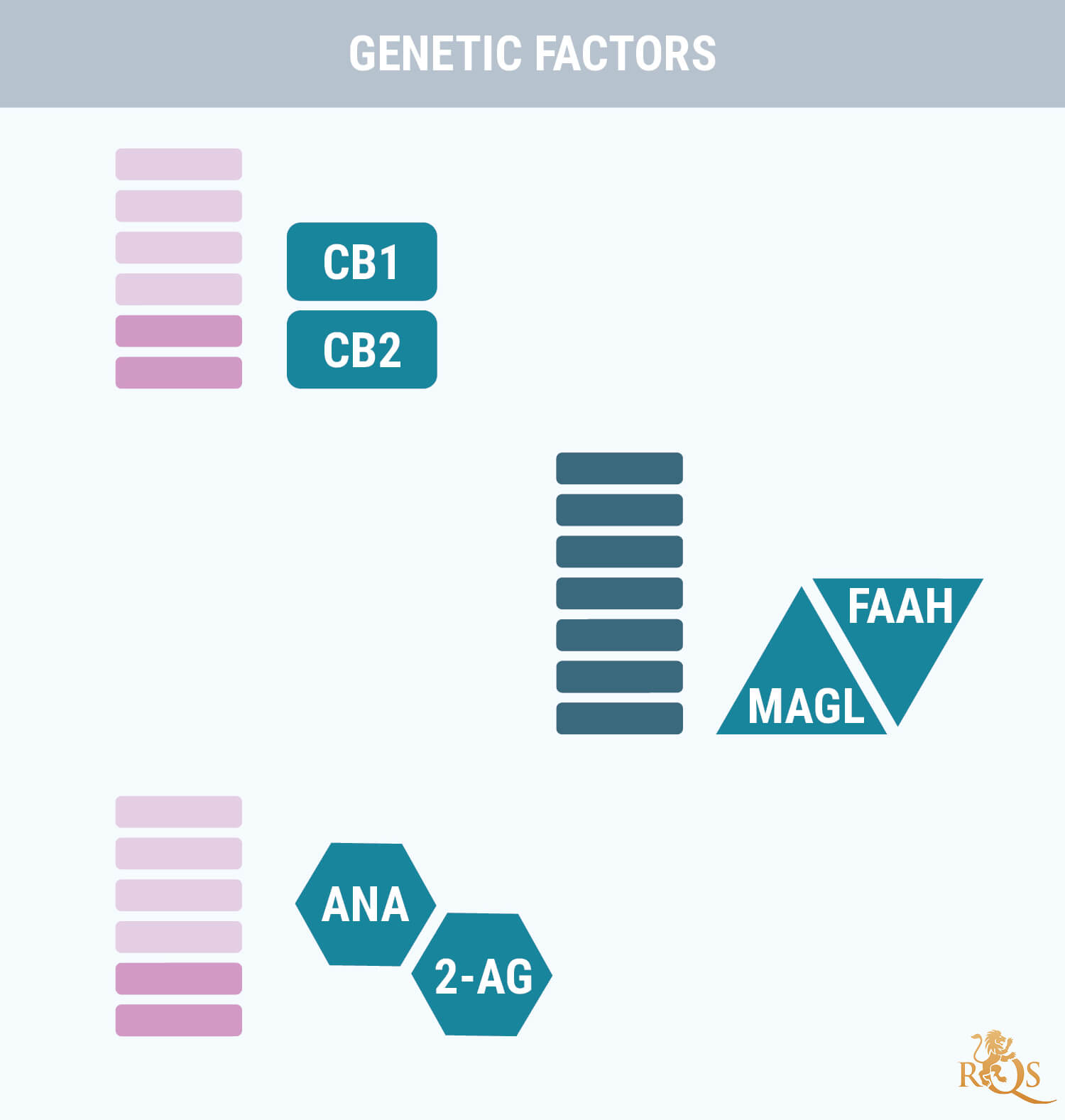
What External Factors Contribute to Endocannabinoid Deficiency?
Now, let’s examine the external factors that may contribute to endocannabinoid deficiency.
-
Lack of Sleep
Sleep is the foundation of human health. Without it, we quickly lose our mental sharpness and begin to feel sluggish and fatigued. The endocannabinoid system plays a key role in the sleep–wake cycle[8]. The ebb and flow of wakefulness and sleep is a perfect demonstration of homeostasis. When we stay up late and disrupt our sleep cycle for long periods, we directly impact functioning of the endocannabinoid system.
-
Poor Diet
We are what we eat. Our body doesn’t create valuable endocannabinoids out of thin air. We need to provide the proper precursors through our dietary choices. Enzymes create these molecules using fatty acids. These nutrients also directly modulate the endocannabinoid system[9]. A lack of healthy fats and excess junk food can disrupt how the body crafts endocannabinoids and may lead to a potential deficiency.
-
Stress
The endocannabinoid system is implicated in governing the hormonal and behavioural effects of stress[10]. It constantly seeks to pull us back from an aroused state into homeostasis. The constant stresses of modern life can leave this system working overtime, leading to burnout and dysfunction.
-
Lack of Exercise
The body releases a surge of endocannabinoids following exercise. Because we evolved to move constantly, a lack of exercise can impact the way our body maintains endocannabinoid tone.
-
Alcohol Consumption
It’s no secret that excess alcohol consumption does the body no favors. Over time, boozing impacts endocannabinoid system function and reduces its tone[11].


How Can You Boost Your Endocannabinoid System?
Sometimes, it seems like modern life is against us in so many ways. Sedentary lifestyles, the food we eat, poor sleep, and high levels of stress can take a toll on our endocannabinoid system; and all of us experience this to some degree.
Thankfully, there are plenty of ways to keep the endocannabinoid system in check. You can take small steps each day to keep this network thriving, from eating the right food to drinking herbal tea and keeping your body moving.
Reduce Stress
Because stress can tax the endocannabinoid system, it only makes sense to manage this damaging input. Modalities such as meditation can help to tame stress, and benefit the mind and body in a multitude of ways. In fact, the practice is being examined for its potential to help regulate the endocannabinoid system[12] and increase tone.
Acupuncture and massage also help to reduce the effects of stress, and early research claims the techniques may help to raise endocannabinoid levels[13].
Exercise
The human body evolved to move. Walking and running keep the heart and lungs healthy, and lifting weights allows us to build and maintain lean muscle mass, contributing to longevity. Exercise fires up the endocannabinoid system and increases endocannabinoid tone.
Running may drive up anandamide levels[14], which in turn helps to increase mood, and underpins the euphoric effects of the “runner’s high”.
Weight-lifting is being investigated for producing a similar effect. In that case, every bicep curl, deadlift, and shoulder press could raise endocannabinoid system activity[15].
Diet
Eating the right foods may help to increase endocannabinoid tone. Check out the foods and nutrients below, some of which serve as the building blocks to endocannabinoids, and others that directly latch onto our receptor sites.
- Omega Fatty Acids
Without omega fatty acids, our body can’t build endocannabinoids! We require a delicate ratio of omega-6 and omega-3; around 50% of the former and 50% of the latter. Check out the best sources below:
Omega-6:
| Walnuts | Pumpkin seeds | Hemp seeds | Eggs | Sunflower seeds |
| Walnuts | Pumpkin seeds |
| Hemp seeds | Eggs |
| Sunflower seeds |
Omega-3:
| Fish | Chia seeds | Eggs | Cod liver oil |
| Oysters | Caviar | Flax seeds |
| Fish | Chia seeds |
| Eggs | Cod liver oil |
| Oysters | Caviar |
| Flax seeds |
- Chocolate
Many of us think of chocolate as a sweet, sugar-filled treat lining supermarket shelves. In reality, true chocolate comes from the fruit of the tropical cocoa plant. Interestingly, this fruit contains the human endocannabinoid anandamide[16].
- Flavonoids
Flavonoids are antioxidants found in many foods. They are responsible for the brilliant pigments of numerous fruits and veggies, from beetroot to blueberries. Flavonoids such as quercetin may help to increase levels of cannabinoid receptors[17]. Foods high in the molecule include:
| Cherries | Citrus fruits | Apples | Honey |
| Grapes | Onions | Raspberries | Leafy green vegetables |
| Cherries | Citrus fruits |
| Apples | Honey |
| Grapes | Onions |
| Raspberries | Leafy green vegetables |
- Prebiotics
Trillions of beneficial microbes reside in our gut. The endocannabinoid system has close ties to this community, and some of them are capable of upping CB2 receptor expression[18]. Feed your microbes these fibre-rich foods to keep them happy and healthy:
| Onion | Garlic | Leeks | Burdock | Artichokes |
| Onion | Garlic |
| Leeks | Burdock |
| Artichokes |
- Caryophyllene
Beta-caryophyllene holds the title of a terpene and a cannabinoid. This molecule underpins the peppery and earthy tones of many cannabis strains. It directly binds to the CB2 receptor and may help to soothe the body.
Foods and herbs high in caryophyllene include:
| Cannabis | Hops | Black pepper | Lemon balm |
| Cannabis | Hops |
| Black pepper | Lemon balm |
What Role Does CBD Play in Endocannabinoid Deficiency?
CBD is also being studied for its relationship and effect on endocannabinoid tone. The non-psychotropic molecule works in two key ways to raise endocannabinoid activity and combat deficiency.
- Receptor activation: While CBD doesn’t bind to CB1 or CB2, it appears to fully activate the TRPV1 receptor[19], a part of the expanded endocannabinoid system. In doing so, the cannabinoid may contribute to soothing the body and reduce detrimental nervous system signalling.
- Increases anandamide levels: CBD can help to counter deficiency by stopping enzymes (specifically FAAH) from breaking down anandamide as frequently.
Other Phytocannabinoids
Cannabis produces dozens of different cannabinoids. Research is only just getting to grips with their mechanism of action, but many of them bind to cannabinoid receptors and may help in the battle against endocannabinoid deficiency in the future. These include:
 |
 |
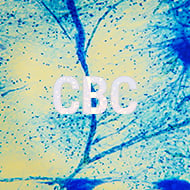 |
 |
| THCV An Up And Coming Member Of The Cannabinoid Family |
CBG A Cannabinoid Showing Massive Medical Potential |
CBC The Third Most Common Cannabinoid |
CBDV What Is Cannabidivarin? |
- The Cannabinoid CB2 Receptor as a Target for Inflammation-Dependent Neurodegeneration https://www.ncbi.nlm.nih.gov
- 2-Arachidonoylglycerol: A signaling lipid with manifold actions in the brain - ScienceDirect https://www.sciencedirect.com
- The Expanded Endocannabinoid System/Endocannabinoidome as a Potential Target for Treating Diabetes Mellitus | SpringerLink https://link.springer.com
- Anti-obesity therapy with peripheral CB1 blockers: from promise to safe(?) practice | International Journal of Obesity https://www.nature.com
- Clinical Endocannabinoid Deficiency Reconsidered: Current Research Supports the Theory in Migraine, Fibromyalgia, Irritable Bowel, and Other Treatment-Resistant Syndromes https://www.ncbi.nlm.nih.gov
- Clinical Endocannabinoid Deficiency Reconsidered: Current Research Supports the Theory in Migraine, Fibromyalgia, Irritable Bowel, and Other Treatment-Resistant Syndromes https://www.ncbi.nlm.nih.gov
- Clinical Endocannabinoid Deficiency Reconsidered: Current Research Supports the Theory in Migraine, Fibromyalgia, Irritable Bowel, and Other Treatment-Resistant Syndromes https://www.ncbi.nlm.nih.gov
- Cannabinoids, Endocannabinoids and Sleep https://www.ncbi.nlm.nih.gov
- Fatty Acid Modulation of the Endocannabinoid System and the Effect on Food Intake and Metabolism https://www.ncbi.nlm.nih.gov
- Mini-Symposium: Functional Interactions between Stress and the Endocannabinoid System: From Synaptic Signaling to Behavioral Output https://www.ncbi.nlm.nih.gov
- Alcoholism and the Endocannabinoid System https://www.medicinalgenomics.com
- Care and Feeding of the Endocannabinoid System: A Systematic Review of Potential Clinical Interventions that Upregulate the Endocannabinoid System https://journals.plos.org
- Care and Feeding of the Endocannabinoid System: A Systematic Review of Potential Clinical Interventions that Upregulate the Endocannabinoid System https://journals.plos.org
- A runner’s high depends on cannabinoid receptors in mice | PNAS https://www.pnas.org
- Acute Resistance Exercise Induces Antinociception by Activation of the Endocannabinoid System in Rats https://www.ncbi.nlm.nih.gov
- Marijuana and chocolate - PubMed https://pubmed.ncbi.nlm.nih.gov
- Anti Proliferative and Pro Apoptotic Effects of Flavonoid Quercetin Are Mediated by CB1 Receptor in Human Colon Cancer Cell Lines - PubMed https://pubmed.ncbi.nlm.nih.gov
- Beyond Cannabis: Plants and the Endocannabinoid System - PubMed https://pubmed.ncbi.nlm.nih.gov
- Cannabinoid Ligands Targeting TRP Channels https://www.ncbi.nlm.nih.gov




























